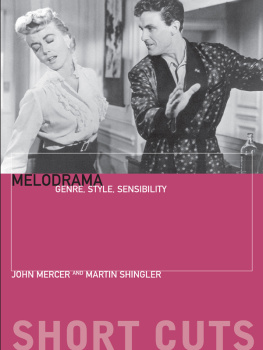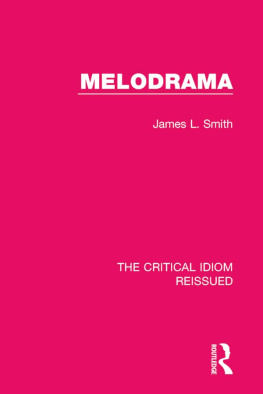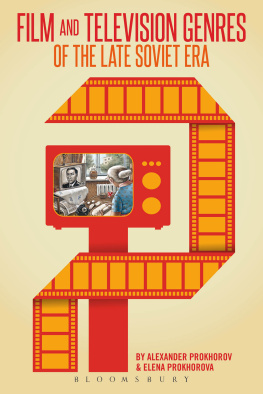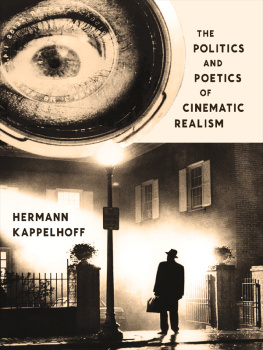Living Screens
DISRUPTIONS
Disruptions is a series that interrogates and analyses disruptions within and across such fields and disciplines as culture and society, media and technology, literature and philosophy, aesthetics and politics.
Series Editor
Paul Bowman, Reader, Cardiff School of Journalism, Media and Cultural Studies, Cardiff University, UK
Editorial Review Board
Benjamin Arditi, Professor of Politics, National University of Mexico, Mexico
Rey Chow, Anne Firor Scott Professor of Literature, Duke University, USA
Simon Critchley, Hans Jonas Professor of Philosophy, The New School, New York, USA
Catherine Driscoll, Associate Professor of Gender and Cultural Studies, The University of Sydney, Australia
Ben Highmore, Professor of Cultural Studies, University of Sussex, UK
Richard Stamp, Senior Lecturer of English and Cultural Studies, Bath Spa University, UK
Jeremy Valentine, Reader in Media, Culture and Politics, Queen Margaret University, Edinburgh, UK
Titles in Series
Bearing Society in Mind: Theories and Politics of the Social Formation, Samuel A. Chambers
Open Education: A Study in Disruption, Pauline van Mourik Broekman, Gary Hall, Ted Byfield, Shaun Hides and Simon Worthington
What Lies Between: Void Aesthetics and Postwar Politics, Matt Tierney
Martial Arts Studies, Paul Bowman
Living Screens: Melodrama and Plasticity in Contemporary Film and Television, Monique Rooney
Word: Divine, Dissonant and Digital, Mariam Motamedi Fraser (forthcoming)
Against Value in the Arts and Education, edited by Sam Ladkin, Robert McKay and Emile Bojesen (forthcoming)
Living Screens
Melodrama and Plasticity in Contemporary Film and Television
Monique Rooney
London New York
Published by Rowman & Littlefield International Ltd
Unit A, Whitacre Mews, 26-34 Stannary Street, London SE11 4AB
www.rowmaninternational.com
Rowman & Littlefield International Ltd.is an affiliate of Rowman & Littlefield
4501 Forbes Boulevard, Suite 200, Lanham, Maryland 20706, USA
With additional offices in Boulder, New York, Toronto (Canada), and Plymouth (UK)
www.rowman.com
Copyright 2015 by Monique Rooney
All rights reserved. No part of this book may be reproduced in any form or by any electronic or mechanical means, including information storage and retrieval systems, without written permission from the publisher, except by a reviewer who may quote passages in a review.
British Library Cataloguing in Publication Data
A catalogue record for this book is available from the British Library
ISBN: HB 978-1-78348-046-3
PB 978-1-78348-047-0
Library of Congress Cataloging-in-Publication Data
Rooney, Monique, 1968
Living screens : melodrama and plasticity in contemporary film and television / Monique Rooney.
pages cm (Disruptions)
Includes bibliographical references and index.
ISBN 978-1-78348-046-3 (cloth : alk. paper) ISBN 978-1-78348-047-0 (pbk. : alk. paper) ISBN 978-1-78348-048-7 (electronic) 1. Melodrama in motion pictures. 2. Melodrama on television. I. Title.
PN1995.9.M45R77 2015
791.43'653dc23 2015007646

The paper used in this publication meets the minimum requirements of American National Standard for Information SciencesPermanence of Paper for Printed Library Materials, ANSI/NISO Z39.48-1992.
Printed in the United States of America
In memory of Elizabeth Mary Rooney, rainbow-chaser.
Contents
Acknowledgements
I n writing this book, I have relied on the formal and informal support and guidance of many. Big thanks must go to Martina OSullivan, Sinad Murphy, Joseph Miller and Patricia Stevenson at Rowman & Littlefield International; to the books copyeditor, Elizabeth Lund; and, most especially, to Paul Bowman, editor of the Disruptions series, for his interest in and enthusiasm for my book. Thank you also to anonymous readers of publications that, as work-in-progress for Living Screens, helped in the development of my ideas for this book. Excerpts from chapters 1 and 3 were originally published in the Australian Humanities Review and Cultural Studies Review, respectively. I would like to thank Catherine Travis and other colleagues in the School of Literature, Languages and Linguistics at the Australian National University (ANU), especially for allowing me the semesters leave needed to bring this volume to fruition. Thanks are also due to Russell Smith, Tom Ford, Neil Ramsey, Knox Peden, Leslie Barnes, Gillian Russell and other members of the ANU Theory Reading Group for generating discussion that inevitably fed back into Living Screens and for making me think harder. My love of melodrama and soap opera reaches back to childhood and is inextricably bound up with both cinema-going and the domestic arrangements and familial habits of television viewing. My brothers, sisters and I, like so many of our generation, routinely congregated around the TV set to watch old movies on a Friday night or Saturday afternoon. I first watched daytime soap opera with my aunt, and it later became a source of viewing and conversational pleasure for my mother, sisters and me. Indeed, shared cinematic and television viewing involves the kind of meaning-making with which this book is intimately engaged, and it was Kate Lilley and Melissa Hardie who first led me to consider the possibility that such narrative pleasures might be taken and pursued seriously, and who introduced me to such classic melodramas as Douglas Sirks Imitation of Life. Their teaching has had far-reaching effects and continues to sustain my intellectual life. I have also benefited immensely from the intellectual generosity of those who have listened to, read and provided formal and informal feedback via conference presentations and/or who have generously read drafts of my work, including Russell Smith, Leslie Barnes, Rebecca Clifford, Kate Flaherty, Julieanne Lamond, Kate Mitchell, Paul Magee, Gino Moliterno, Roger Hillman, Lucy Neave, Guy Davidson, Brigitta Olubas, Elizabeth McMahon, Helen Groth, Kate Lilley, Melissa Hardie, Meaghan Morris, Ian Balfour, Lee Wallace and many others. I owe a great deal to Gillian Russell for her close and astute feedback on my manuscript, her intellectual guidance and her friendship. I think (I hope) Brigid Rooney knows how much I owe her for her feedback, daily exchanges of ideas and much more. Thank you to my family, especially Emma Rooney, Felicity Rooney and Barbara Rooney, for conversations and unflagging support. The idea for a project on contemporary melodrama began to take shape in early 2008, the year that I also, as it happens, joined Facebook, where I have made new friendships and shared and received invaluable feedback on my ideas. Social networking has opened a world of pleasurable and scholarly interaction, and this has enriched my life in countless ways. Finally, I wish to thank Fergus Armstrong whose (immediate and mediate) presence in my life means more than I can say.













 The paper used in this publication meets the minimum requirements of American National Standard for Information SciencesPermanence of Paper for Printed Library Materials, ANSI/NISO Z39.48-1992.
The paper used in this publication meets the minimum requirements of American National Standard for Information SciencesPermanence of Paper for Printed Library Materials, ANSI/NISO Z39.48-1992.